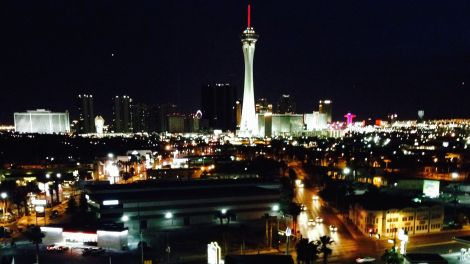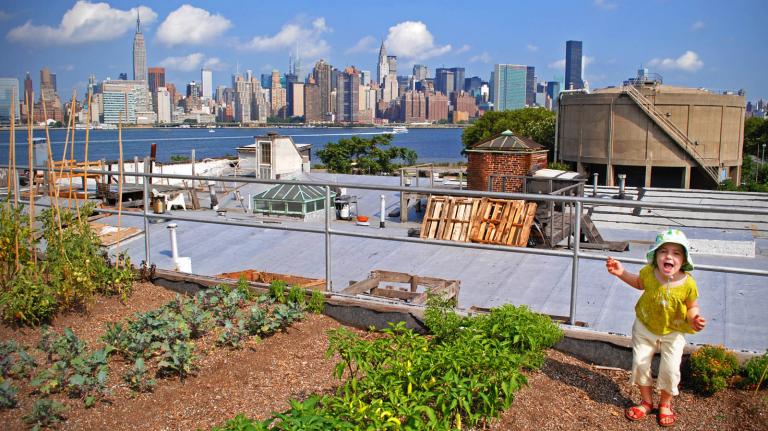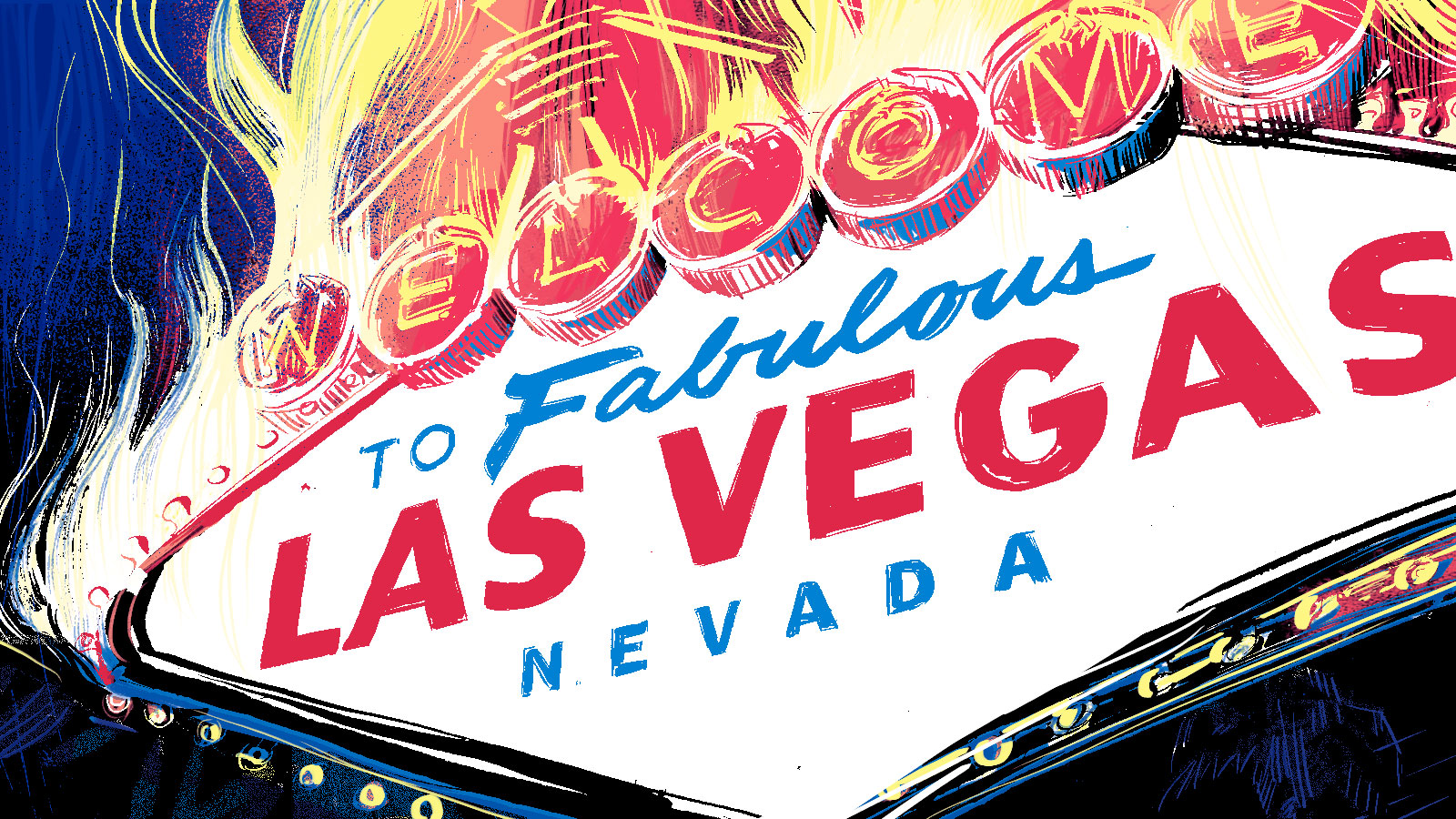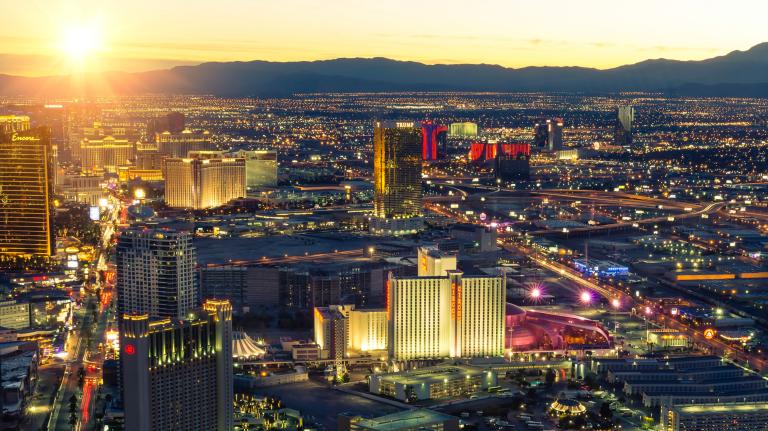“They’re coming for the burn,” my old friend Adam says.
We’re looking out across the broad, sun-beaten flats, watching the crowds file in. They’ve come across the playas, over the basin and range country, up through the palo verde and Joshua tree forests. They’ve traveled hundreds, sometimes thousands of miles to gawk at the acrobats and the strippers, to ogle the music makers and the magicians, to play voyeur to the entertainers, the eccentrics, and the freaks.
It’s a massive party in the desert, and rising in the center of it all is a huge, spread-legged figure, ablaze in white light.
This isn’t Burning Man. This party started long before anyone thought to put a pop-up city in the Black Rock Desert. That figure in front of us is the Stratosphere Tower. The glittering metropolis surrounding it? Vegas, baby. And right now, half the world is flying in for a weekend of debauchery.
From where we stand, looking out the window of Adam’s 9th floor apartment in downtown Las Vegas, we can watch a line of airplanes making the final descent into McCarran International Airport. From the opposite direction, a procession of helicopters returns from air tours of the Grand Canyon. They all disappear behind the Strip like insects drawn into a flame.
That’s when Adam quotes the late Randy Udall: “We are the Oil Tribe. And we are in the midst of a great burn.”

Greg Hanscom
No place burns quite like Las Vegas. Each year, 40 million passengers touch down at McCarran. After torching untold quantities of jet fuel to get here, they are whisked into the hotels and casinos, plied with fine food and strong drink, and encouraged to burn every last dollar, and then burn some more.
We tend to respond to this spectacle with a mix of horror and adoration. Last week, the L.A. Times ran a story about Lake Mead, Las Vegas’s main water supply, which “is ebbing as though a plug had been pulled from a bathtub drain.” It was the latest in a long line of stories questioning the wisdom of putting a city the size of Seattle in a place that gets as much rain in a year as many cities get in an afternoon. Two days later, the same paper published a profile of 22-year-old Ariana Liuzzi, who works four days a week in the 117,000-gallon aquarium at the Silverton casino, alongside 4,000 tropical fish, playing the part of a mermaid.
But while Vegas has just one reason for existing (that bonfire called the Strip), and many reasons not to, this city has a knack for reinventing itself. It’s a shape-shifter, and a trickster. Just when we all think the party is over, the city finds a way to draw us back for another round.
And there’s this: Long before most U.S. cities, Vegas was forced to come to grips with its harsh climatological reality. This town understands that adaptation is more than a side project; it is an economic, political, and existential imperative. In fact, for all of its obvious flaws, that city sprawling across the desert below Adam’s window may be the best example we have of a place that has grappled with the kind of change that is coming for all of us, in one form or another.
In the coming weeks, as a part of my ongoing series about cities adapting to climate change, I’ll be writing about how Vegas dodged one catastrophe, weathered another, and likely faces more in the not-too-distant future. Along the way, I’ll talk about some of the tricks that Sin City has to teach the rest of us. Adam (more on his true identity later) knows this town far better than I, and will be my guide through much of it.
Follow me on Twitter and I’ll let you know when the next chapter is up. This being Vegas, it’s sure to be an interesting ride.



